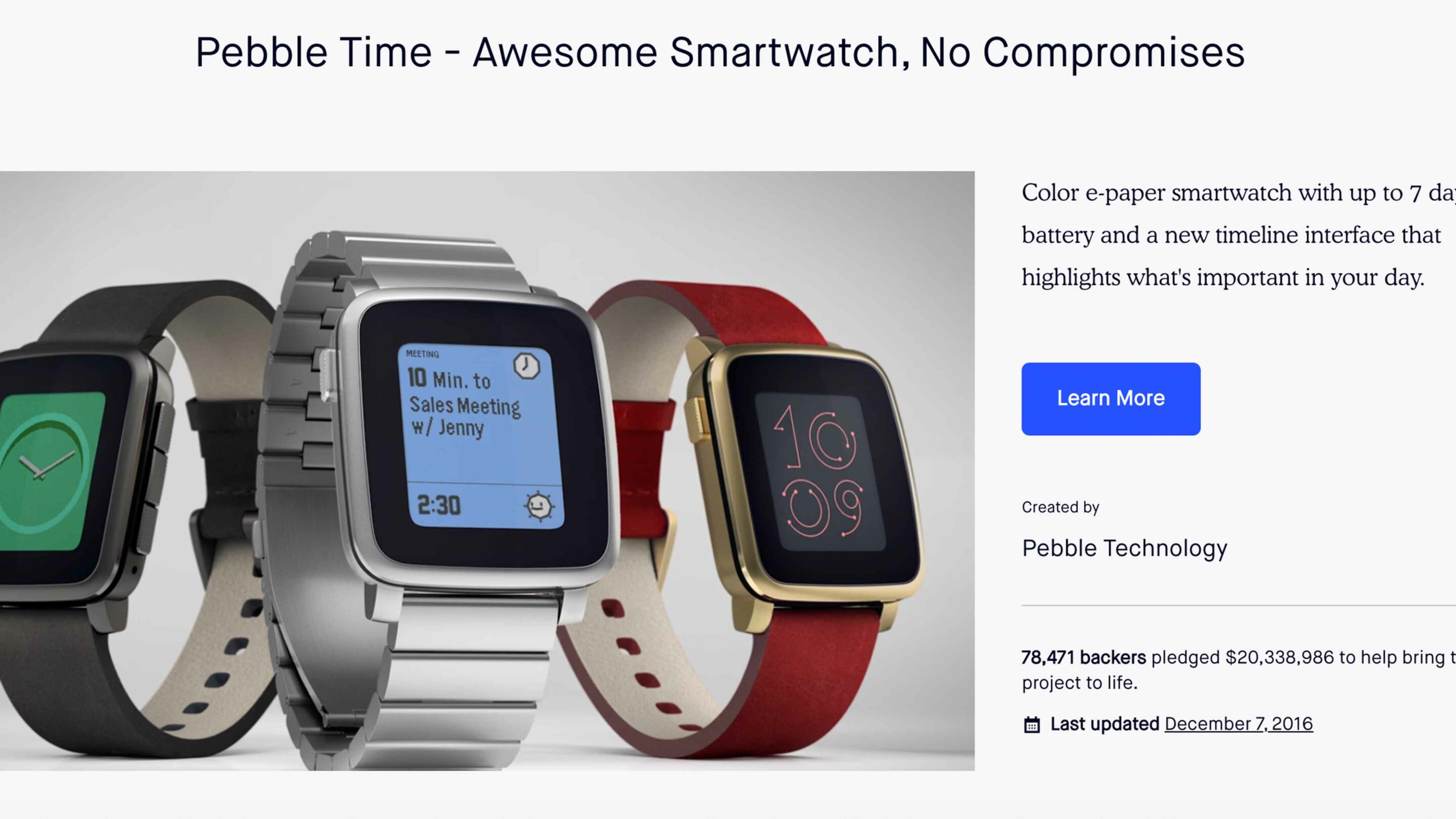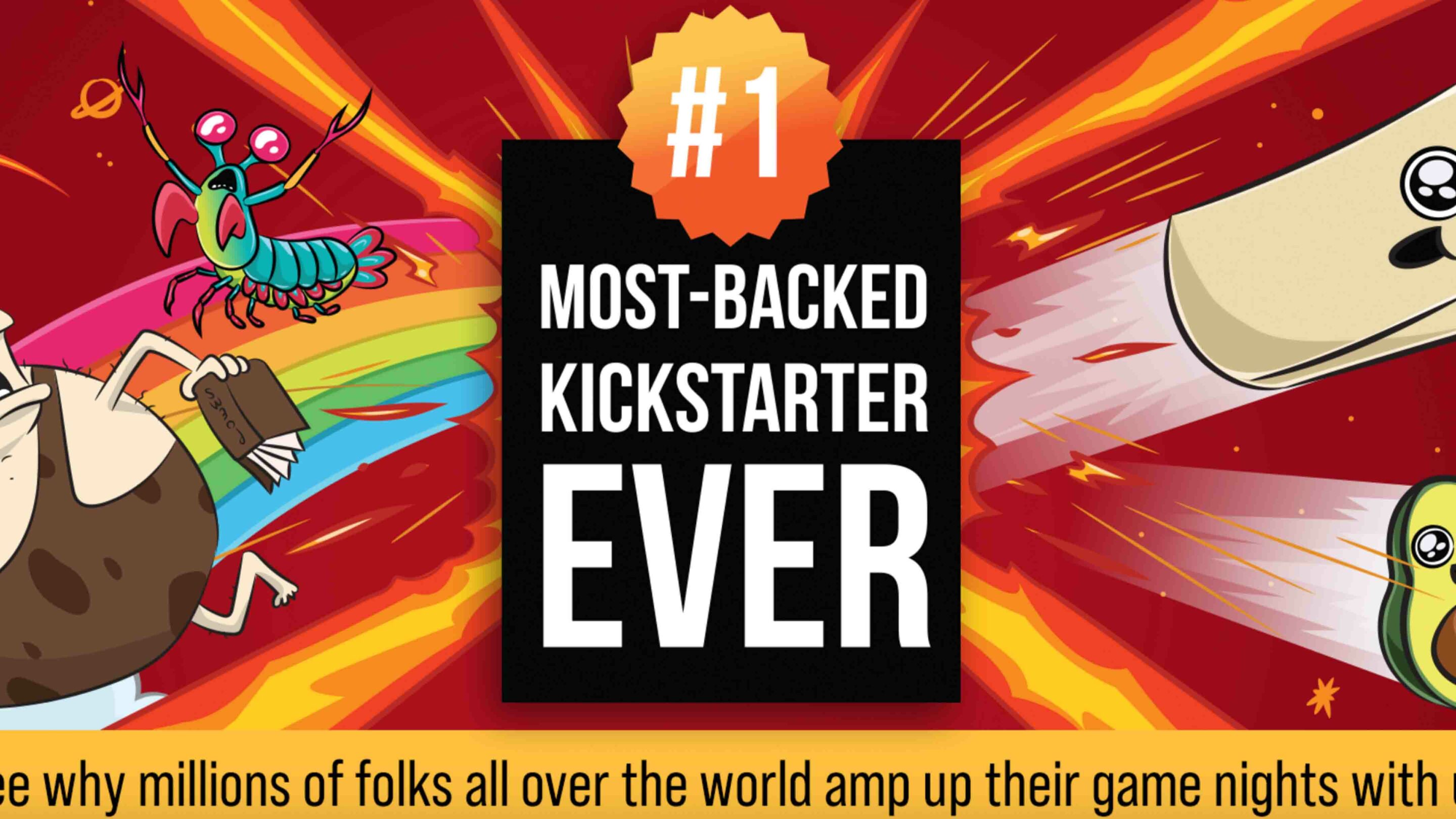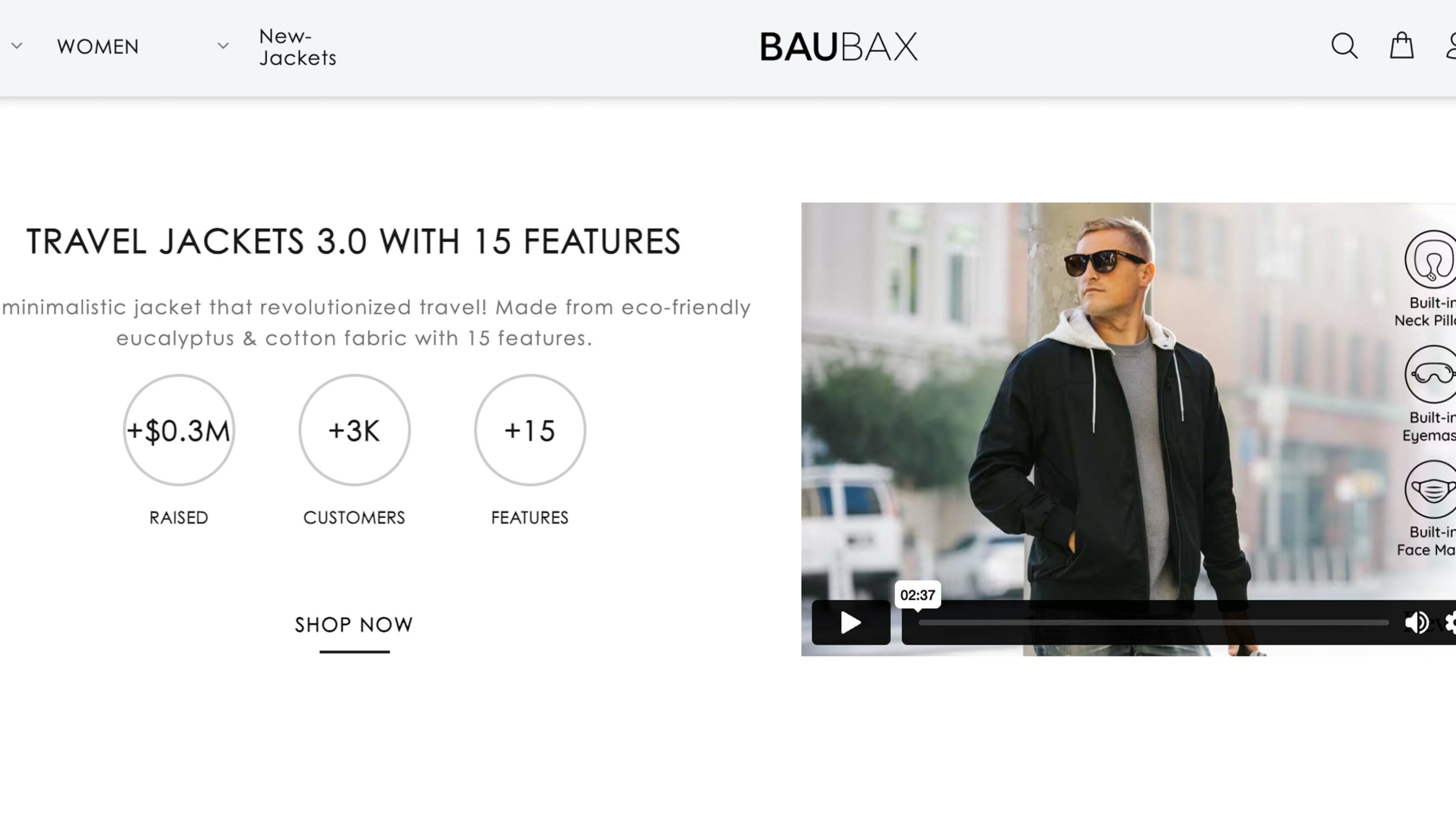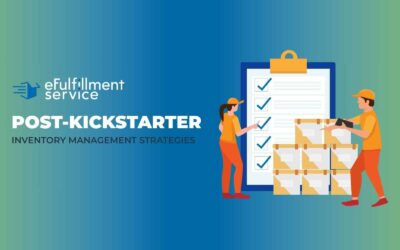
The digital age has revolutionized the way entrepreneurs raise capital. Crowdfunding, once a novel concept, has become a go-to strategy for many startups and innovative projects. However, fewer than a quarter (22.9%) of all crowdfunding operations end up being successful due to lack of strategy or effective marketing. It’s clear that success requires more than just an idea. In this article, we’ll go over the steps needed to make your first crowdfunding campaign a viral success!
Jump right in: How to Make Your Crowdfunding Campaign Go Viral
What is Crowdfunding?
Crowdfunding is the practice of funding a project or venture by raising small amounts of money from a large number of people, typically via the internet. Platforms like Kickstarter have democratized the fundraising process, allowing innovators to present their ideas directly to potential backers.
One of the best parts of doing a crowdfunding project is that you get to control how it forms together and are not required to pay back the funds. Just keep in mind that there are some fees associated with a crowdfunding project, they can range from 5-10% depending on the platform you use. For example, Kickstarter charges 5% if your project is fully funded plus the payment processing fees.
If you do not meet your funding goal, all funding will be returned to the backers. So that is another reason to make sure you have your ducks in a row before presenting to your backers.
Steps for Making Your Crowdfunding Campaign Go Viral

Step 1: Develop a Detailed Strategy
Initial Backing: Secure at least 30% of your funding target before going public. Campaigns with strong early support often gain momentum, leading to a higher likelihood of overall success.
Set Clear Goals: Be specific about where the funds will be used. A transparent roadmap not only builds trust but also encourages backers to invest in your vision.
Step 2: Create a Captivating Story
Storytelling: Share the journey, challenges, and inspirations that led to your idea. Human stories create an emotional connection, increasing the chances of people backing your project.
Visuals: Videos significantly enhance campaign success rates. Invest in a captivating pitch video that effectively communicates your vision. Check out these Five Crowdfunding Video Examples from drop studio.
Step 3: Prioritize Polished Visuals
Quality Imagery: High-resolution photos and graphics can set your campaign apart. Consider hiring a professional photographer. For photography tips, check out this article on Crowdfunding Photos: 5 Tips to Generate Interest.
Website or Landing Page: A user-friendly website can act as a hub for potential backers, providing detailed information and updates.
Step 4: Cultivate Active Backer Engagement:
Regular Updates: Backers appreciate knowing how progress is going, so keep them in the loop. Regular updates foster a sense of community and trust.
Feedback Loop: Actively seek feedback from your backers. Their insights can offer fresh perspectives and potential improvements to your project. Tools like surveys or Q&A sessions can be effective in gauging backer sentiment and gathering feedback.
Community Building: Consider creating a dedicated forum or group for your backers. This not only serves as a platform for updates but also fosters a sense of community among backers, encouraging discussions, collaborations, and shared excitement about the project’s progress.
Step 5: Design Thoughtful Backer Perks
The essence of crowdfunding lies in mutual benefit. While backers support your vision, they also expect something in return. Crafting thoughtful rewards can make your campaign stand out. Need some reward ideas? Here are 96 of them.
Use Exclusive Perks: Offer something that backers can’t get elsewhere, like a limited-edition version of your product or early access to services.
Try Experiential Rewards: Think beyond tangible products. Perhaps a virtual meet-and-greet with the team, a workshop related to your project, or even a tour of your workspace.
Ensure Timely Delivery: It’s crucial to set realistic timelines for reward delivery. Delays can happen, but always communicate them promptly. Backers appreciate honesty and transparency.
Add a Personal Touch: Personalized thank-you notes, shout-outs on social media, or even simple acknowledgments can go a long way in making backers feel valued and appreciated.
Step 6: Offer Flexible Funding Tiers
Diversity in your pricing strategy ensures that every potential backer, regardless of their financial capacity, can find a way to support your campaign. This not only increases participation but also widens the reach of your project.
Nominal Tiers: Allow backers to show their support without a significant financial commitment. It could be a digital shout-out, early access to content, or wallpapers.
Mid-range Tiers: The backbone of your campaign. This is where most backers will likely contribute. Offer your primary product or service, perhaps with added benefits like early delivery or additional features.
Premium Packages: Cater to dedicated supporters willing to invest more. Offer exclusive experiences, like a personalized version of your product, a day with the team, or even naming rights for certain features or products.
Customizable Tiers: Consider offering backers the ability to customize their rewards. It could be choosing specific features of a product or mixing various rewards to create a personalized package.

Step 7: Implement Proactive Promotion Tactics:
A successful crowdfunding campaign is as much about visibility and engagement as it is about the idea itself.
Pre-launch Hype: The foundation for your campaign’s success is laid before it even starts. Teasers, countdowns, and exclusive previews can create anticipation. Partnering with influencers or bloggers in your niche can tap into their audience base, expanding your reach.
Social Media Promotion:
Consistency is Key: Regular updates, behind-the-scenes looks, and engagement posts keep your campaign fresh in the minds of potential backers.
Targeted Ads: Platforms like Facebook and Instagram offer powerful ad targeting options. Use these to reach potential backers based on interests, behaviors, and more.
Engage with Communities: Participate in relevant groups, forums, and discussions. Engaging with communities can provide invaluable feedback and support.
Email Marketing: Regular newsletters can keep your existing backers updated and engage potential backers with exclusive content, updates, and calls to action.
Step 8: Ensure Smooth Post-Campaign Execution
Once your campaign concludes successfully, the real work begins. Meeting backers’ expectations is crucial for your reputation and future endeavors.
Timely Updates: Keep your backers in the loop about production stages, potential delays, and expected delivery timelines.
Quality Assurance: Before delivering, ensure your product or service meets the quality promised. This might involve beta testing, quality checks, or user feedback sessions.
Efficient Delivery: Consider partnering with reliable logistics providers or kickstarter fulfillment centers to ensure timely and efficient delivery to backers. This is especially crucial for physical products that need shipping.
Post-delivery Engagement: The end of your campaign isn’t the end of your relationship with backers. Engage with them, gather feedback on the received product or service, and foster this community for future campaigns or product launches.
Looking for even more Kickstarter Tips?
Check out our article about how to fulfill your kickstarter rewards to backers after your campaign is a success!
Benefits of Crowdfunding vs Other Financing Methods:

1. Control:
Full Ownership: Unlike traditional financing methods where investors may require equity or a stake in your venture, crowdfunding allows you to retain full ownership. This means you won’t have to give up a portion of your business or compromise on its direction.
Flexible Funding: Depending on the platform, there are various funding models like ‘All-or-Nothing’ (only get funded if you reach your goal) or ‘Keep-What-You-Raise’ (keep whatever amount you raise, regardless of whether you meet your goal). This offers flexibility in financing.
2. Marketing:
Brand Awareness: Launching a crowdfunding campaign brings attention to your brand early on. It creates a platform for your story and product to be shared widely, increasing visibility.
Engaging Storytelling: Crowdfunding platforms give entrepreneurs an opportunity to present their vision in a compelling manner. Through videos, images, and the narrative, you can create a buzz around your project.
Early Adopters: Those who back your project become its initial users, providing crucial feedback and serving as brand ambassadors. This initial user base can prove invaluable when the product or service officially launches.
3. Validation:
Test the Waters: Achieving or even surpassing your funding goal is a clear indicator of market interest. If there’s enough demand to fund your project, it’s likely there will be enough demand once it’s available to the wider market.
Feedback Loop: The crowdfunding community is active and vocal. Backers often provide insights, feedback, and suggestions that can help refine your project. This feedback loop can be invaluable in fine-tuning your final offering.
Risk Reduction: Before committing substantial resources for production, you get an idea of how receptive the market is. If a campaign doesn’t reach its funding goal, it’s an indication to reevaluate the idea or approach before further investment.
Targeting your backers:
To target your backers, you need to have a clear strategy that is backed by statistics and most importantly honesty, this is one of Kickstarter’s rules. This means that you need to have a clear strategy on how your product/design works, and what area it is targeted for, and cannot mislead or misrepresent the targeted audience. This is why strategy is so important as that will also give you the confidence to present your project to the prospective backers when the time comes.
If your product requires manufacturing, you will be required to present a prototype. Prototyping is a sample of the product. It will allow the backers to evaluate the product’s design and use.
Backers generally are looking for something that is not only new or interesting but gets them excited about how it will or does work.
Are There Restrictions to Crowdfunding?:
To ensure that your crowdfunding campaign does not fail, make sure to strategize a plan and know the dos and don’ts.
These projects must be able to be shared with others and cannot offer equity in the business or any investment opportunities. Most importantly they cannot outline that they are able to cure, treat, or prevent a condition from happening. Kickstarter has a full list of rules on what is prohibited from being a part of a campaign.
For example, there are restrictions as to who can fund and how much they are allowed to contribute. This protects the backers from losing too much money.
Backers chip in funding and then promote you as part of their investment. There is a whole community out there just waiting for creators like you! They want to take part in seeing something come to life together for the benefit of all.
Successful Crowdfunding Case Studies for Inspiration

Pebble Time:
The success of Pebble Time‘s crowdfunding campaign can be attributed to a number of factors. Firstly, Pebble had already established a reputation from its initial crowdfunding campaign, which had been a massive success and attracted attention even from major competitors like Apple. In 2015, when the team needed capital to produce their second-generation smartwatch, Pebble Time, they once again turned to crowdfunding as institutional investors were hesitant to fund hardware projects. Their second campaign on Kickstarter managed to raise $20 million, with over 75,000 backers supporting the project.

Exploding Kittens:
The success of the Exploding Kittens campaign can be linked to the already established fan base of “The Oatmeal,” a popular webcomic created by Matthew Inman, who was also behind Exploding Kittens. The Oatmeal’s creator focused on the quality and value of his product before deciding to monetize it through a card game. The campaign aimed to raise $10,000 but managed to secure over $4.6 million. The success story of Exploding Kittens demonstrates the power of building a loyal online community and offering a product of genuine value to that community. The campaign’s success also emphasizes the importance of quality, value, and building momentum from an online community.

BauBax Travel Jacket:
The BauBax Travel Jacket’s crowdfunding campaign became the most-funded clothing product in crowdfunding history at the time, raising over $8 million on Kickstarter. The campaign aimed to address common travel discomforts by offering a jacket with 15 travel-enhancing features. The initial goal was to raise $20,000, but the campaign vastly exceeded this target due to the innovative solution it presented to common travel problems. The campaign’s explosion in popularity highlights the power of solving everyday problems in an innovative manner, and how a well thought out product can resonate with a large audience, solving common problems they face.
Summary:
Crowdfunding is a great tool in the entrepreneur’s arsenal. However, its power can only be harnessed with careful planning, genuine engagement, and a commitment to delivering on promises. Whether you’re just starting or looking to take your crowdfunding game to the next level, the guide above provides the roadmap to success.
With the rise of digital platforms and an ever-increasing global audience, there are great opportunities for crowdfunding. Backers place their trust and hard-earned money in the hope that your vision comes to life. Thus, maintaining transparency, setting realistic expectations, and keeping an open line of communication are very important.
So, as you embark on this exciting journey, keep these guidelines in mind, stay authentic, be passionate, and most importantly, believe in your idea. With the right approach, dedication, and a touch of creativity, your next Crowdfunding Campaign is guaranteed to go viral!
FAQs: Creating a Successful Crowdfunding Campaign
What is the biggest challenge in creating a successful crowdfunding campaign?
The most significant challenge in creating a successful crowdfunding campaign is generating genuine interest and building trust with potential backers. This requires a combination of a compelling story, an appealing and feasible product or idea, strategic marketing, and regular engagement with your audience.
What are some crowdfunding mistakes to avoid?
Common mistakes include setting unrealistic funding goals, not investing in quality promotional materials (like videos and images), failing to communicate regularly with backers, not having a clear plan for the funds raised, and overlooking post-campaign responsibilities such as delivering rewards on time.
Why do so many crowdfunding campaigns fail?
There are multiple reasons. Some campaigns may not have a product that appeals to a broad audience, while others may lack effective marketing. Other reasons can include unclear or ambiguous campaign goals, not engaging sufficiently with potential backers, or simply underestimating the amount of work and preparation required for a successful campaign.
How much money does the average crowdfunding campaign raise?
The amount raised can vary widely based on the platform, the nature of the project, and its target audience. On platforms like Kickstarter, the average successful campaign raises around $20,000. However, this number can be misleading as there are campaigns that raise millions and others that raise just a few hundred dollars.
Can you actually make money from crowdfunding?
Yes, you can. Crowdfunding is a way to raise capital for a project or business venture. However, it's essential to remember that the funds raised should primarily be used to bring the proposed idea to life, fulfill rewards, and cover any associated fees. Profit would be any funds remaining after all costs have been covered. Additionally, the real profit often comes post-campaign when the product or service goes to market on a larger scale.
Did you know partnering with a 3PL could help fulfill your rewards?
Get a free quote from eFulfillment Service and see how a 3PL could simplify your reward fulfillment!




0 Comments